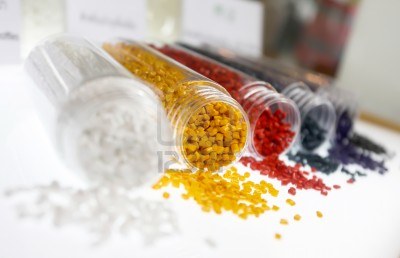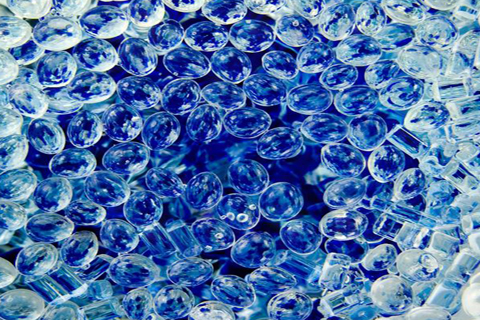


The term polymer is commonly used in the plastics and composites industry, often as a synonym for plastic or resin. Actually, polymers include a range of materials with a variety of properties. They are found in common household goods, in clothing and toys, in construction materials and insulation, and in numerous other products.
Definition
A polymer is a chemical compound with molecules bonded together in long, repeating chains. Because of their structure, polymers have unique properties that can be tailored for different uses.
Polymers are both man-made and naturally occurring. Rubber, for example, is a natural polymeric material that has been used for thousands of years. It has excellent elastic qualities, the result of a molecular polymer chain created by mother nature. Another natural polymer is shellac, a resin produced by the lac bug in India and Thailand, which is used as a paint primer, sealant, and varnish.
The most common natural polymer on Earth is cellulose, an organic compound found in the cell walls of plants. It is used to produce paper products, textiles, and other materials such as cellophane.
Man-made or synthetic polymers include materials such as polyethylene, the most common plastic in the world found in items ranging from shopping bags to storage containers, and polystyrene, the material used to make packing peanuts and disposable cups. Some synthetic polymers are pliable (thermoplastics), while others are permanently rigid (thermosets). Still others have rubber-like properties (elastomers) or resemble plant or animal fibers (synthetic fibers). These materials are found in all sorts of products, from swimsuits to cooking pans.
Properties
Depending on the desired use, polymers can be fine-tuned to leverage certain advantageous properties. These include:
- Reflectivity: Some polymers are used to produce reflective film, which is used in a variety of light-related technologies.
- Impact Resistance: Sturdy plastics that can withstand rough handling are perfect for luggage, protective cases, car bumpers, and more.
- Brittleness: Some forms of polystyrene are hard and brittle and easy to deform using heat.
- Translucence: See-through polymers, including polymer clay, are often used in arts and crafts.
- Ductility: Unlike brittle polymers, ductile polymers can be deformed without falling apart. Metals such as gold, aluminum, and steel are known for their ductility. Ductile polymers, while not as strong as other polymers, are useful for many purposes.
- Elasticity: Natural and synthetic rubbers have elastic properties that make them ideal for car tires and similar products.
Polymerization
Polymerization is the process of creating synthetic polymers by combining small monomer molecules into chains held together by covalent bonds. The two major forms of polymerization are step-growth polymerization and chain-growth polymerization. The main difference between them is that in chain growth polymerization, monomer molecules are added to the chain one molecule at a time. In step-growth polymerization, multiple monomer molecules are bonded directly with one another.
If you could look at a polymer chain close up, you would see that the visual structure and physical properties of the molecule chain mimic the physical properties of the polymer. For example, if a polymer chain comprises tightly twisted bonds between monomers that are difficult to break, the polymer likely will be strong and tough. On the other hand, if the polymer chain comprises molecules with stretchy characteristics, the polymer probably will have flexible properties.
Cross-Linked Polymers
Most polymers commonly referred to as plastics or thermoplastics consist of molecule chains that can be broken and re-bonded. Most common plastics can be bent into new shapes by applying heat. They also can be recycled. Plastic soda bottles, for example, can be melted down and reused to make products ranging from new soda bottles to carpet to fleece jackets.
Cross-linked polymers, on the other hand, cannot re-bond after the cross-linked bond between molecules is broken. For this reason, cross-linked polymers often exhibit traits such as higher strength, rigidity, thermal properties, and hardness.
In FRP (fiber reinforced polymer) composite products, cross-linked polymers are most commonly used and are referred to as resin or thermoset resin. The most common polymers used in composites are polyester, vinyl ester, and epoxy.
Examples
Common polymers include:
- Polypropylene (PP): Carpet, upholstery
- Polyethylene low density (LDPE): Grocery bags
- Polyethylene high density (HDPE): Detergent bottles, toys
- Poly(vinyl chloride) (PVC): Piping, decking
- Polystyrene (PS): Toys, foam
- Polytetrafluoroethylene (PTFE, Teflon): Non-stick pans, electrical insulation
- Poly(methyl methacrylate) (PMMA, Lucite, Plexiglas): Face shields, skylights
- Poly(vinyl acetate) (PVAc): Paints, adhesives
- Polychloroprene (Neoprene): Wet suits

